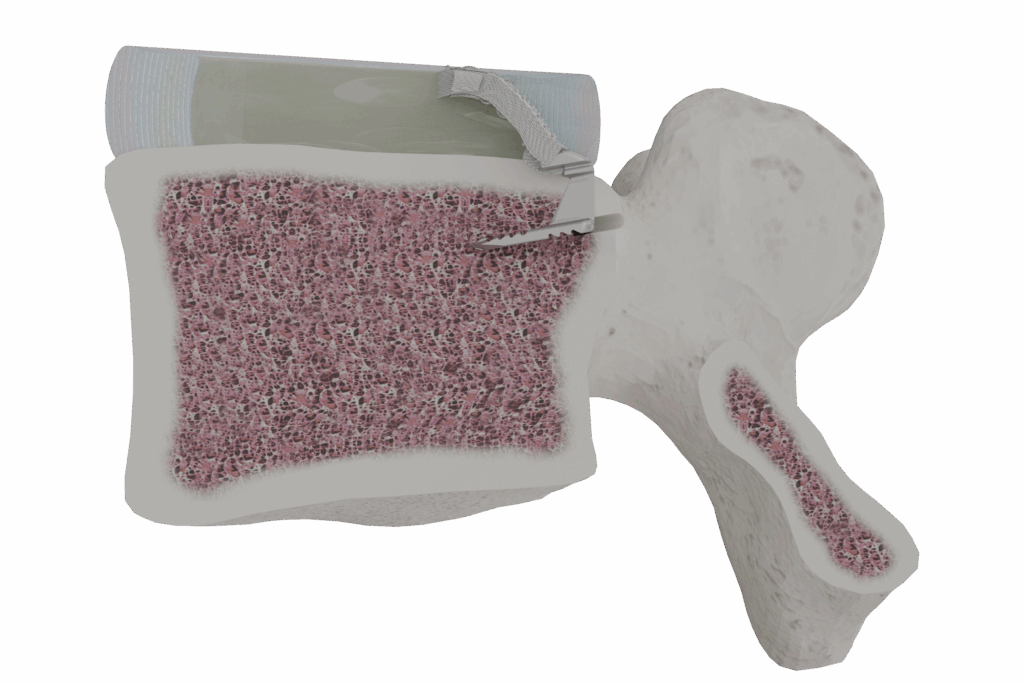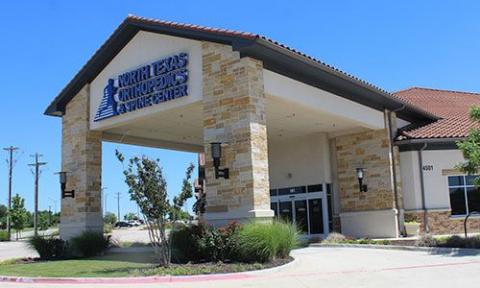If you’re living with the pain of a herniated disc that hasn’t improved with traditional non-surgical treatments, we know how difficult it can be. At North Texas Orthopedics & Spine Center, Dr. Briseno is dedicated to helping patients find relief from disc-related back pain while also reducing the chance of it happening again. That’s why we’re proud to offer an advanced surgical option called Barricaid.
What Is Barricaid and Who Is It For?
Barricaid is a small implant, about the size of a pencil eraser, designed for patients at higher risk of discectomy failure who want to avoid the possibility of a second surgery and the increased risk of long-term disability. The device works by sealing larger openings in the disc wall with a titanium bone anchor that holds a polymer plug in place, helping to repair and reconstruct the disc wall. Clinical studies show that patients who receive Barricaid along with their discectomy are up to 81% less likely to need another surgery compared to discectomy alone—allowing them to return to work and daily activities without added limitations on their lives.1
What Do Surgeons Do With A Hole Left In The Discectomy?
In a standard discectomy, the hole in the disc is typically not repaired. If the hole is larger than a pencil eraser, this can leave patients at a higher risk of recurrent herniation and the need for another surgery. After the procedure, patients are usually advised to avoid lifting and twisting, allowing time for the hole to scar over before returning to normal activity.

Why Is It Important To Close The Hole After A Discectomy?
When a disc herniates, it happens because a hole or weak spot forms in the disc wall, allowing the inner material to push out. During surgery, the discectomy is performed through this opening. If the hole left behind is large, there is more than a 27% chance of reherniation, which can bring back pain and symptoms.2 Barricaid is designed to close this hole, creating a protective barrier to help prevent reherniation.
What Does Recovery Look Like With Barricaid?
In a Barricaid study, patients who received the device were able to return to work in just 3.6 weeks on average, which is significantly faster than the 9-week average reported in recent discectomy studies.3 Once the incision site soreness subsides, patients are typically cleared to resume activities without restriction. Be sure to follow your doctor’s specific recovery guidelines.
1. Some studies outside US indications. Values at minimum 1 year post-op. Minimum study size of 20 Barricaid subjects.
2. J Bone Joint Surg Am. 2003–Carragee, et al
3. “Have questions?” Barricaid, https://barricaid.com/faqs/.



